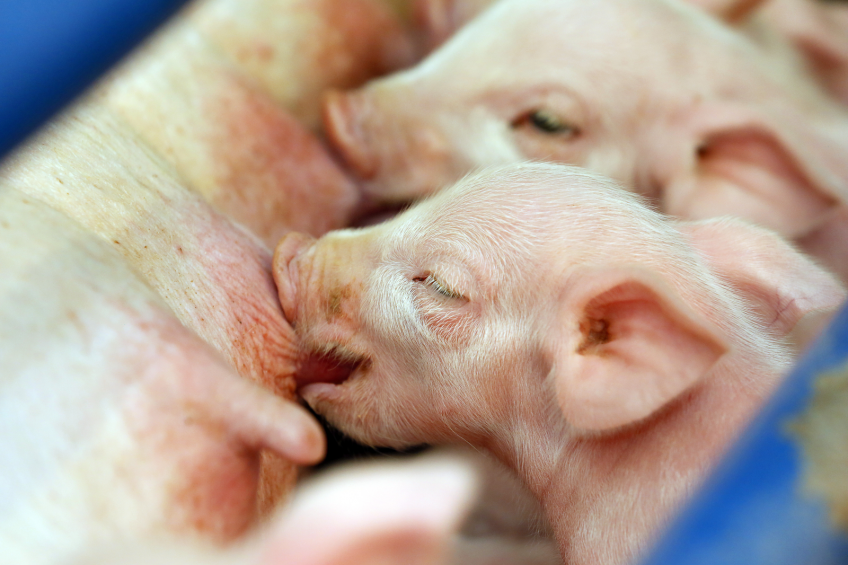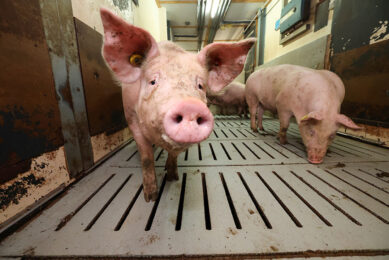Shorter gestation length a risk for piglet survival

Mexican research has confirmed that a somewhat shorter gestation length can go at the expense of piglets’ lives and birthweights.
The research was carried out by scientists from the Metropolitan Autonomous University (UAM), National Autonomous University of Mexico (UNAM) and the Juárez Autonomous University of Tabasco (UJAT); the study was published in Animal Production Science.
Evaluating uterine activity with different gestation lengths
Aim of the research was to evaluate uterine activity at farrowing in sows with different gestation lengths, and its effect on the metabolic profile, blood gases and daily weight gain of neonate piglets. The experiment covered a period of 25 weeks and involved 200 Yorkshire-Landrace sows.
In the report, the scientists describe how the animals were assigned to four groups of 50 sows each and distributed according to gestation length, as follows:
- Gestation length 1 (GL1): 107-109 days;
- Gestation length 2 (GL2): 110-113 days;
- Gestation length 3 (GL3): 114-116 days;
- Gestation length 4 (GL4): 117-119 days.
Productive indicators of sows were recorded
The researchers describe how the productive indicators of the sows were recorded, as were the survival outcomes of the neonatal pigs. Foetal cardiac frequency and both intensity and frequency of myometrial contractions were monitored using a Corometrics Foetal Monitor. The blood gases, electrolytes and glucose levels of the neonates were obtained by means of an automatic blood gas and electrolyte analyser.
The scientists report that the groups GL1 and GL2 had more prolonged births regardless of litter size. Of the four groups, GL1 presented the longest duration of the expulsion phase, the highest number of uterine contractions, and the highest and lowest number of intra-partum deaths and live births, respectively.
Live birth piglets in group GL1
The live birth piglets in this group had both the lowest birthweights and the highest incidences of hypercapnia, hyperlactatemia and hypercalcaemia, which later resulted in lower rates of daily weight gain.
In conclusion, premature births increase the number of intra-partum deaths and result in lower birthweights, the presence of apnoea, and severe metabolic alterations in piglets.
The research was conducted by D. Mota-Rojas, R. Fierro, P. Roldan-Santiago, H. Orozco-Gregorio, M. González-Lozano, H. Bonilla, R. Martínez-Rodríguez, R. García-Herrera, P. Mora-Medina, S. Flores-Peinado, M. Sánchez and R. Ramírez-Necoechea.
Join 18,000+ subscribers
Subscribe to our newsletter to stay updated about all the need-to-know content in the pigsector, three times a week. Beheer
Beheer










 WP Admin
WP Admin  Bewerk bericht
Bewerk bericht